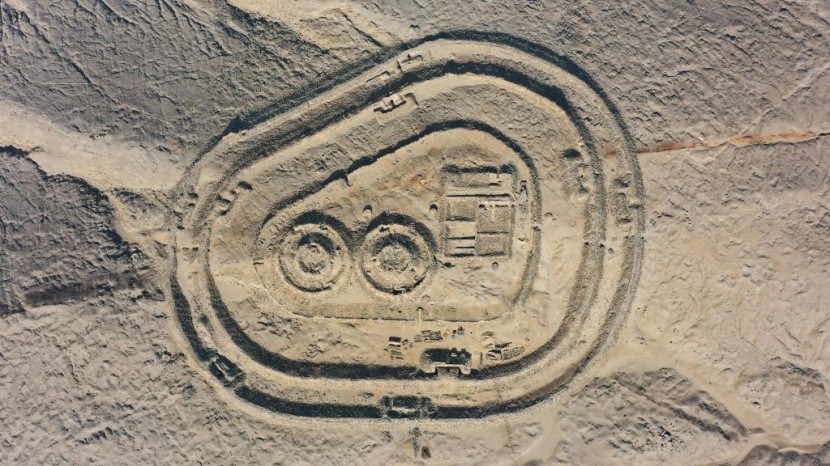
The archeologists' discovery of the 2,300-year-old Chankillo Observatory is the oldest astronomy complex in the ancient past dedicated to the sun. Knowing the time of the year was crucial for the ancients, which led to the construction of monuments like this.
The ancients were obsessed with the stars, which led to precursors in modern times, as the development of stargazing into an observable science. After it was abandoned in the past, it took scientists to decipher what most would interpret as weird buildings in the Peruvian desert.
Ancients devised the Chankillo Observatory
Chankillo is considered one of the oldest complexes devised by the ancient Peruvians, approximated at 2,300 years old, compared to other similar structures in the Americas, reported by the Express UK.
Components of the archaic observatory are 13 towers made of stone arranged on a hilltop, one of the earliest examples of a man-made calendar complex. The monument is now called a UNESCO World Heritage site.
Archaeologists estimated the Peruvian culture engineered the magnificent feat well before the coming of the Incas when they were worshipping the sun, famous for ritual human sacrifice. The ancient stargazing complex was completed in the eras between 250 and 200 B.C. What surprised modern scholars is that the 2,300-year-old Chankillo Observatory was very precise and used as a temple for worship and other official purposes.
Mirá este antiguo observatorio@WorldMonuments
— Federico Kukso (@fedkukso) September 9, 2021
Video completo:https://t.co/KBGd9sJLKw pic.twitter.com/5nbNbcXvSR
The Chankillo Observatory is a giant timepiece
The central part of the complex is the sequential 'Thirteen Towers,' which shows an artificial horizon used by the ancients who practiced the monolithic calendar. Knowing the progress of the sun's place in the sky gave the signal for the coming solstices and equinoxes and to find out dates precisely in one to two days. According to one program, the complex's knowledge allowed the Peruvians to know when to plant crops and hold worship on the most important days of the year.
Documentary host Brian Cox of 'Wonders of the Universe' visited this wonder of the ancient world, showing how an Ancient Solar Calendar while going through a vast time-keeping structure. Inside the ancient solar temple are white walls with painted figures, cited the Big World Tale.
The nature of the frescoes was not known until the research of late, for a long time and probably seen as a worship place more than an ancient solar calendar. In 2007, a study in Science Org suggested that the solar towers' progression are marked sequences for significant summer and winter solstice. Chankillo was a 3-D sun calendar on a bigger scale.
Archaeologists Ivan Ghezzi and Clive Ruggles made the study. They said the towers were not coincidental but intentional to mark the sun's progress in one year, with precise dates that pre-date modern astronomy.
A humongous clock that keeps the pace of the sun's movement over the months of the year and days was by design of ancient Peruvian concerned with the timing of relevant activities precisely. In September, the observatory would catch the first sunrise between the fifth and sixth towers, while on December 21, it would rise at the last towers on daybreak. The 2,300-year-old Chankillo Observatory is a masterpiece of architecture, a masterpiece of technology and astronomy.
Related Article: Archaeologists Discover Rare Egyptian Artifacts: Over 300 Rock-Cut Tombs of Akhmim Leaders








